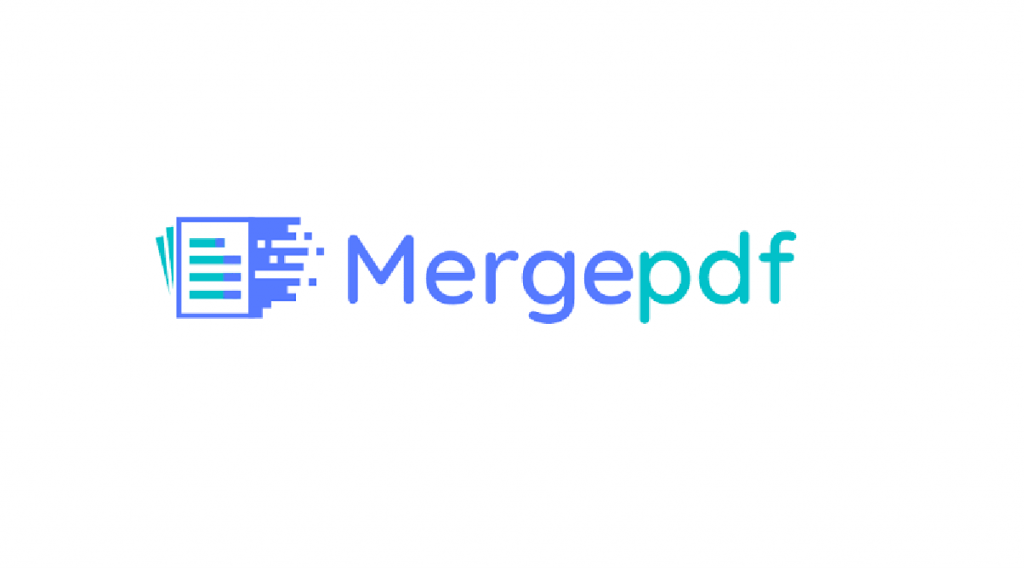Do you want to make your blog posts more engaging?
Adding PDF files is a great way to do that! But before you start embedding PDFs left and right, there are a few things you should keep in mind.
Why Embed PDFs In A Blog!?
You will almost definitely encounter a PDF document as the world gets more digital.
One can find a variety of documents in PDF files, such as bank and tax statements, ebooks, quotes, contacts, records, invoices, forms, resumes, and more.
The PDF format is used by many people in a variety of professions since it is a widely adopted format with international compatibility.
CTAs and Lead Magnets
PDFs play a great role as CTAs (call to action) and Lead Magnets.
Why you may ask!? It is because PDFs can play many roles in your blog posts and can serve as a valuable addition to a blog post.
A CTA can be as simple as “select a color scheme” or “watch this clip” or it can be much more selective.
It is usually a piece of digital media that gets a lead nearer to buying a product.
You can easily embed the CTA terms “Click here,” “Download Now,” and “Learn More,” with a media source.
Ebooks
The best format for an e-book next to the EBUP is PDF.
The majority of the e-books found on blogs online are in PDF format.
Illustrations, infographics, and other data are frequently included in ebooks and add more quality to them.
You have the option of adding headers and footers, as well as cover art, which will make your ebook appear professional and full.
Instructions/Guides
When you visit a certain blog or any article on the web, you will most often see an instructional PDF guide or lesson on a page that would be embedded into it.
That embedded PDF adds more quality to the site.
Here Are 5 Tips To Help You Make The Most Out of Adding PDFs To Your Blog Posts:
1. Keep The Size of Your PDFs In Check
Compress your files to reduce their size.
Yes! “Size Does Matter!”, especially in terms of SEO content optimization.
It is a must to optimize the size of the PDF file embedded in the blog.
It makes sure that the file does not take a long time to load and view, ensuring that a quick web view is available.
In order to do so, you can use an online tool to easily and automatically compress any PDF file into an optimized-sized version to make it more blog-friendly.
2. Organize and Structure PDF Pages
PDF files can contain text, graphics, graphs, and other vector components, making them more difficult to manage.
The PDF file can be a problem to manage sometimes if there are multiple versions of it and you need to have them in one place.
The very best and most recommended solution to this problem is by using an online PDF joiner tool that can easily help you merge multiple PDF documents.

You do not need to use any special device or skills to use the tool.
The tool is built on an easy-to-use system with a simple and clean UI (User Interface), and all you need to do is upload the document on the site in the designated area and click on the “Merge” option and the automatic process will begin.
Advantages
- Free of Charge
- Online Accessibility
- Safe and Secure
- Merges Are Unlimited
- Unchanged Quality
- Friendly User Interface Design
- Compatible with multiple devices
- Direct uploads via Dropbox, Drive, and URL
Disadvantages
- Only available online.
· Make Sure Your PDFs Are Optimized For Web Viewing
Multiple pages of various formats, content types, and media can be found in a single document.
It is also true that thanks to its straightforward annotation features, interactive elements, various collaborative features, etc., the PDF format is a great document format for creating and changing many different kinds of data for many users.
Make sure that you add optimized SEO-friendly images that are also optimized for size with the proper tags and labels.
· Label and Name Your PDFs
Think of your file name as you would a heading, URL, or any other term or tag.
Giving your files keyword-relevant and search-friendly names is necessary for this.
Your PDF file should be named SEO-Content-Optimization.pdf even though your PDF Document may be titled SEO-Content-Optimization.
· Best practices for file naming are listed below:
- Shorter name titles are preferable.
- The recommended number of characters for a file name is between 45 and 60.
- When feasible, relate the URL to the PDF’s title.
- Remove all punctuation, hashes, and stop words as a recommended practice (and, or, but, of, the, a, etc.).
- Always use lowercase.
- Use hyphens whenever possible to join words together. Also acceptable is an underscore.
Also, Make Sure That You Do The Following With The Body of the Content:
- The page’s Title sentence is represented by the “Title” element and the headline by an H1 element. Be specific to the page.
- The maximum length for the title is around 150 characters, so keep the text within the limit, and the headings are short and understandable.
- The primary keyword should always be present and usually, come first.
- Body copy is divided into manageable, readable sections using H2, H3, and other sub-heads.
· Correct Positioning
This may not have crossed your mind.
Not many sites or guides will tell you this, but the correct positioning of the PDF is a major factor that must be discussed in this post.
Why is the right spot the best for such a task!?
It is because not every visitor will click on your embedded PDF document unless they see it as relevant to the intent and the theme of the blog post.
So where the document is relevant within the body of the blog, add the PDF in that area.
For eg, under the Heading “SEO Content Tips”, add the PDF with the relevant topic at the very end of the body of the heading so that after the user has read the content, He/she can directly see and click on the PDF document embedded at the end.
Conclusion:
Embedding PDF files into a blog post is one of the simplest yet effective ways to engage your audience and provide them with valuable reading material.
Five given in the blog should keep you from making mistakes and ensure that you get the most out of using PDFs in your blog posts.




